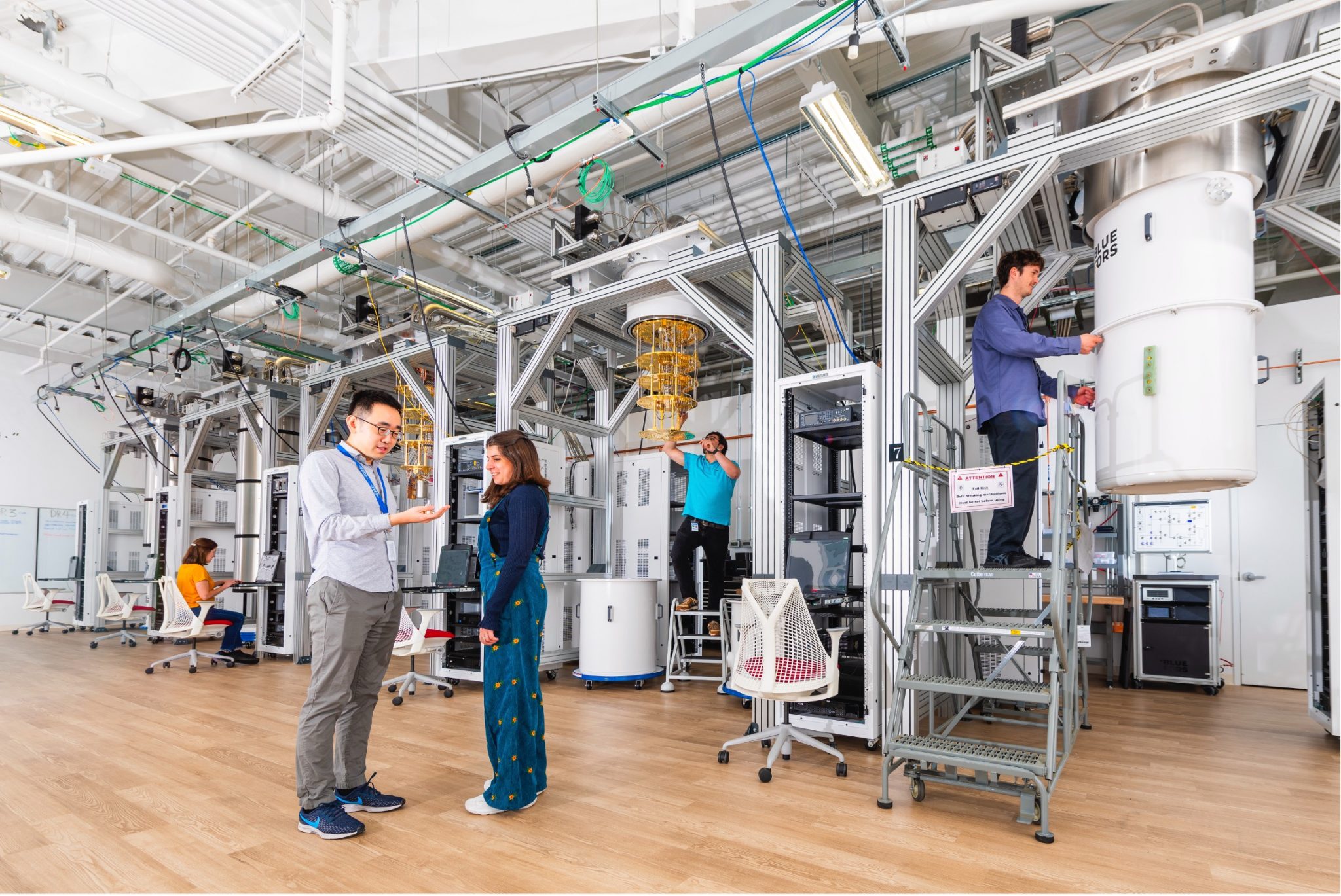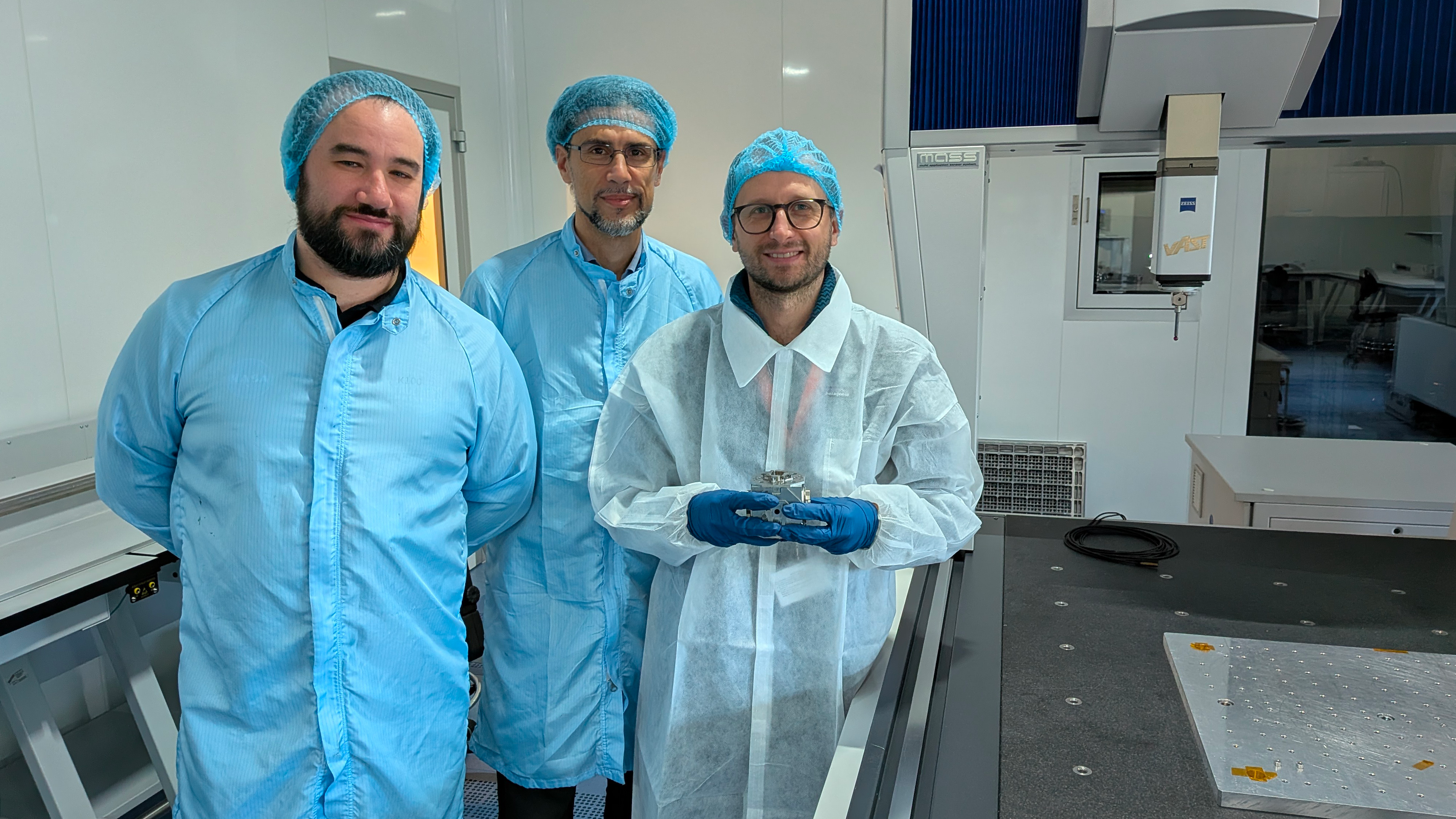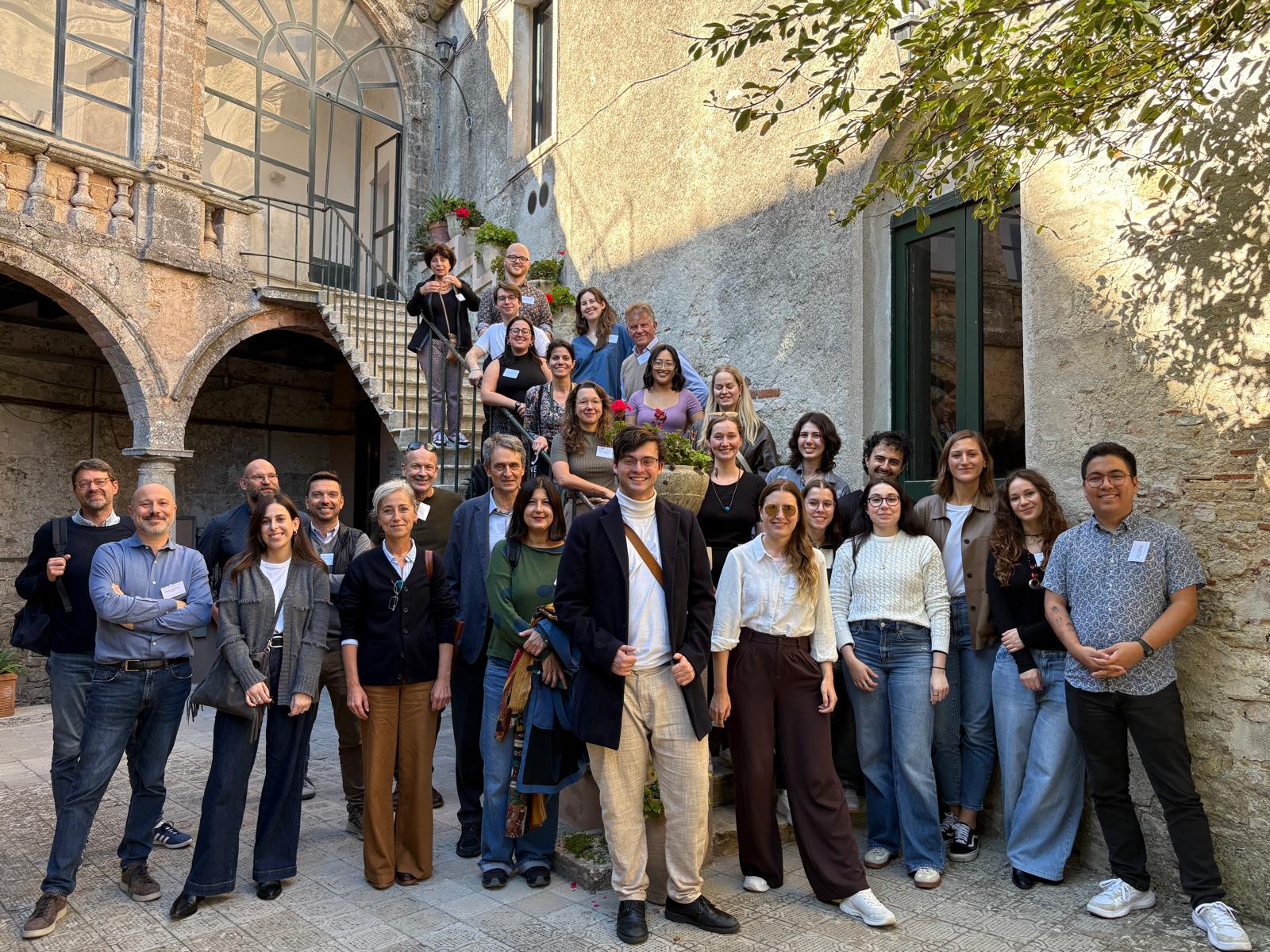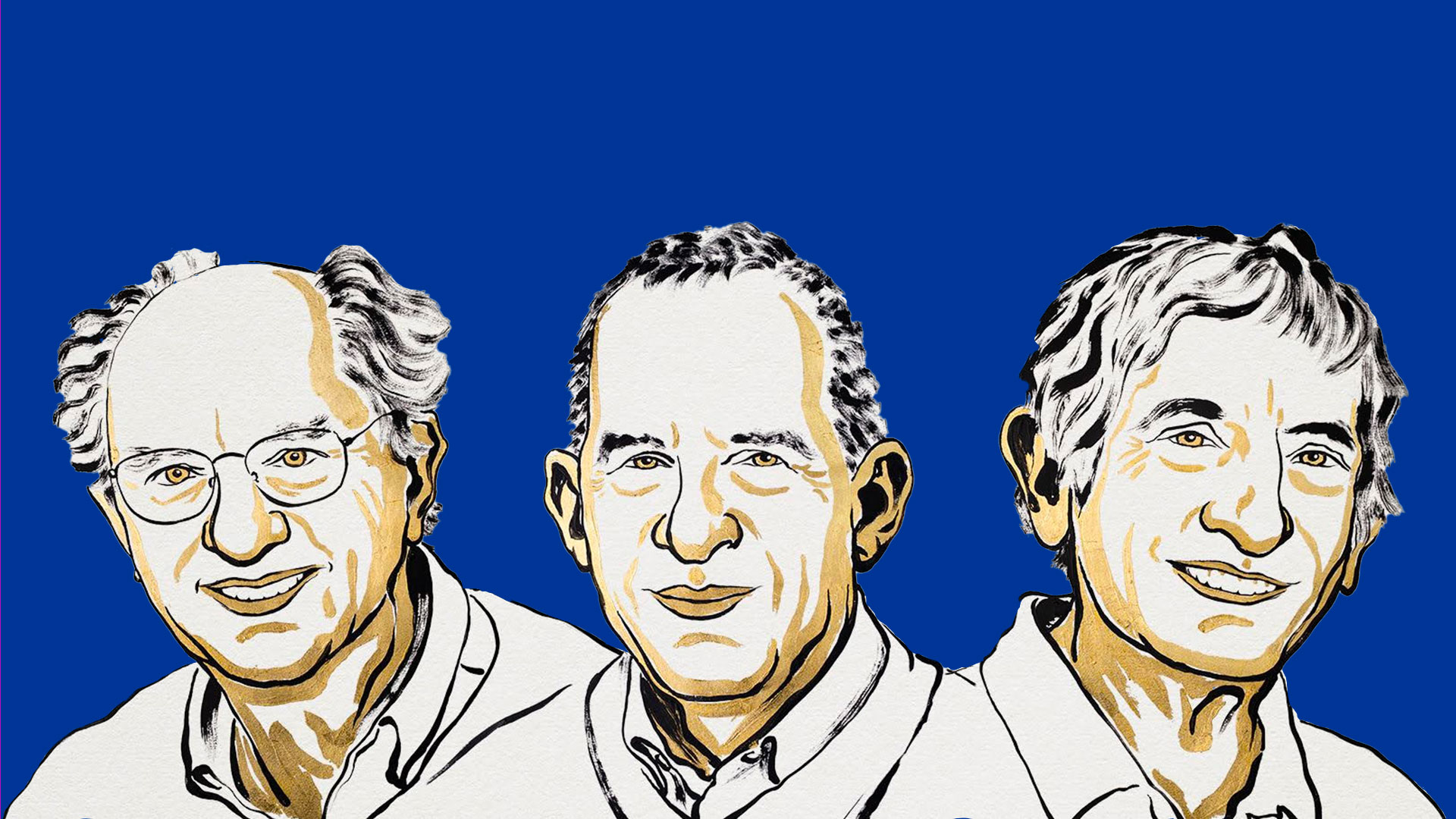
EUROCHAMP 2020, the European project for the creation of a network of atmospheric simulation chambers, in which INFN is participating with the construction of the first Italian chamber, ChAMBRe, has got underway. Creating artificial atmospheres under controlled conditions, the atmospheric simulation chambers allow the formation and transformation of pollutants in the atmosphere, cloud formation, the action of cosmic rays in the production of aerosols, the interaction between the constituents of the atmosphere and sunlight and much more to be studied. In the coming years, ChAMBRe will, in particular, study the behaviour of bio-aerosols, i.e. the fraction of the aerosol consisting of living organisms, in the presence of different levels and types of pollutants, in order to understand, for example, whether or not air pollution facilitates the dispersion of certain bacteria in the atmosphere. The main structure of ChAMBRe was built by a research team of the Genoa INFN section that is now preparing to perform the first functionality tests. By participating in EUROCHAMP, INFN will also become part of a Joint Research Unit (JRU) called ACTRIS-Italia (Aerosols, Clouds and Trace gases Research InfraStructure), whose goal is to create an Italian network of national and international importance dedicated to the observation and study of the atmosphere, pollution and climate change. In addition to the INFN Genoa section, also LABEC in Florence (Laboratory of Nuclear Techniques for the Cultural Heritage) and the INFN Milan section will work in the infrastructure. INFN is participating in the project, for which the EU has allocated 9 million euros, with 14 other research institutes from more than 10 Countries.





